If you’re looking for your next travel adventure, consider Iran. It’s a place where you can taste mouthwatering food, from juicy kebabs to rich stews. Despite what you might think, Iran is safe for tourists. The culture here is vibrant, and the hospitality is unmatched; locals often invite visitors to share a meal or a cup of tea.
The architecture will leave you in awe. You can walk through ancient palaces and stunning mosques. With a history spanning thousands of years, visiting Iran feels like stepping back. Nature lovers will enjoy its diverse landscapes, from deserts to lush forests. Thanks to Iran’s unique climate, each season offers a different experience.
Iran’s handicrafts make for perfect souvenirs. Whether it’s a beautiful rug or intricate pottery, the quality and detail are impressive. Getting around is easy and affordable, so you can explore more for less. Plus, Iran has 27 UNESCO World Heritage Sites, each telling a different story.
Iran offers a mix of everything: food, culture, hospitality, architecture, history, and nature. It’s a land of diversity that promises an unforgettable journey. So pack your bags and get ready to discover why Iran should be your next destination.
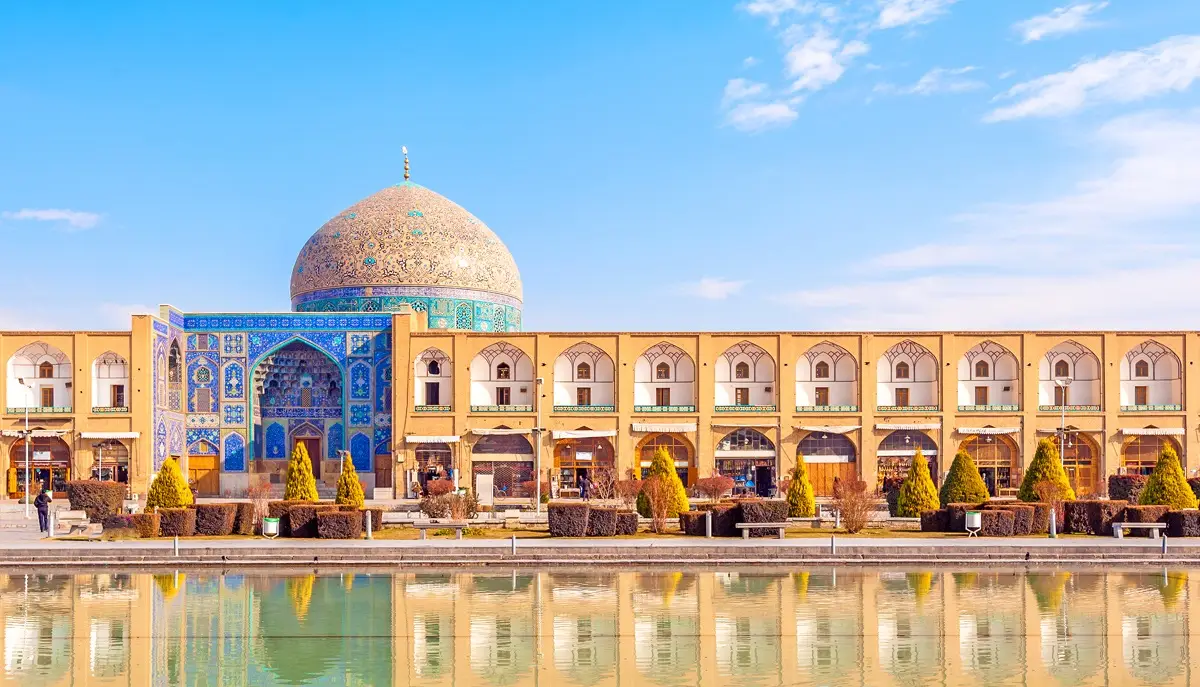
Exquisite Culinary Delights
Iranian cuisine, often called Persian cuisine, is renowned for its diversity and richness. With around 2,500 types of traditional food, Iran offers a culinary experience that reflects its extensive history and cultural exchanges. Influences from neighboring regions such as Caucasian, Central Asian, Greek, Levantine, Mesopotamian, Russian, and Turkish cuisines are evident, as well as significant adoption by Indian and Pakistani cuisines due to historical Persianate sultanates.
Main dishes typically combine rice with meat, vegetables, and nuts, using herbs and fruits like plums, pomegranates, and apricots. Spices such as saffron, cardamom, and dried lime add unique flavors. Iranian cuisine’s global presence, especially in cities with large Iranian communities like Los Angeles and Toronto, showcases its widespread appeal. Historically, Persian culinary practices have been documented in ancient texts and influenced by traditional medicine principles, emphasizing the balance of food properties.
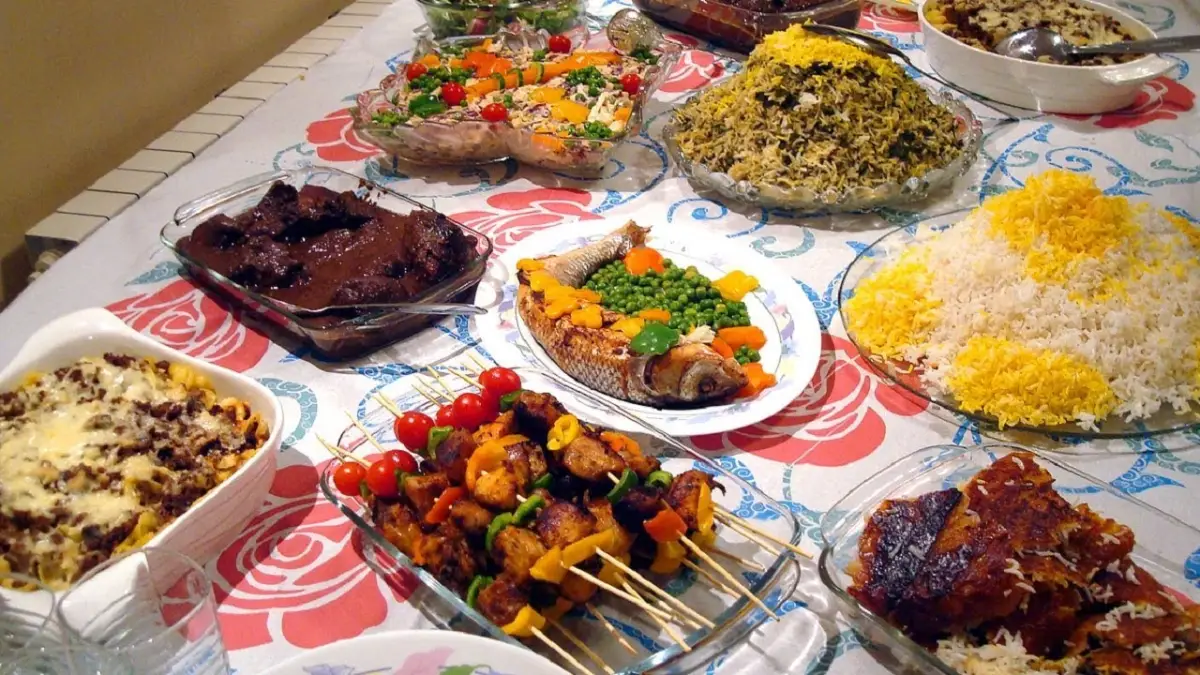
Unmatched Safety and Security
Iran ensures a safe environment for tourists through a combination of warm hospitality and rigorous safety measures. Due to the country’s commitment to maintaining peace and order, visitors can feel secure exploring ancient bazaars, historical sites, and modern attractions. Tourist sites and transportation systems are well-maintained, enhancing the overall sense of security. The kindness and respect locals show contribute to a welcoming atmosphere where meaningful connections are easily formed.
Iran’s low crime rate and proactive safety measures, supported by Islamic principles, protect tourists’ rights and well-being. Additionally, Iran’s healthcare system provides comprehensive medical support to international visitors, reflecting the country’s dedication to health and safety. Public transportation, including buses, taxis, subways, and ride-hailing apps, is both affordable and safe, making travel convenient. Iran’s cleanliness standards further ensure a hygienic environment, reinforcing the country’s reputation as a secure destination.
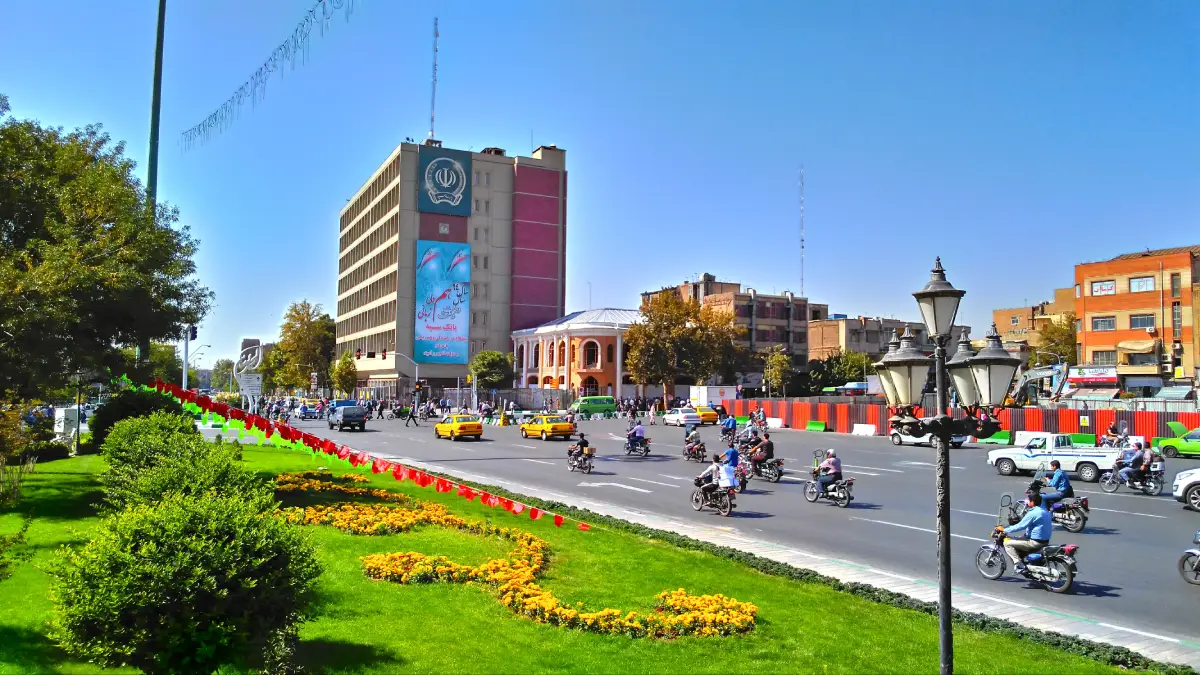
Rich Culture
Iran’s culture, rich and diverse, has significantly influenced many parts of the world, from Europe to Asia. This cultural wealth is reflected in the country’s art, architecture, literature, music, and philosophy. Iranian society values kindness and social principles such as honesty and justice. Respect for elders and strong family ties are integral to the culture.
National holidays like Nowruz (Iranian New Year) and Yalda Night, as well as religious celebrations such as Eid al-Fitr, highlight cultural and religious diversity. Traditional festivals like Chaharshanbe Suri, involving fire-jumping to repel evil, and customs like Ghashogh Zani, similar to trick-or-treating, showcase Iran’s vibrant traditions. The Nowruz celebration includes preparing a Haft Seen table with symbolic items and enjoying special dishes. This blend of historical and modern influences creates a unique cultural tapestry that is both welcoming and fascinating for visitors.
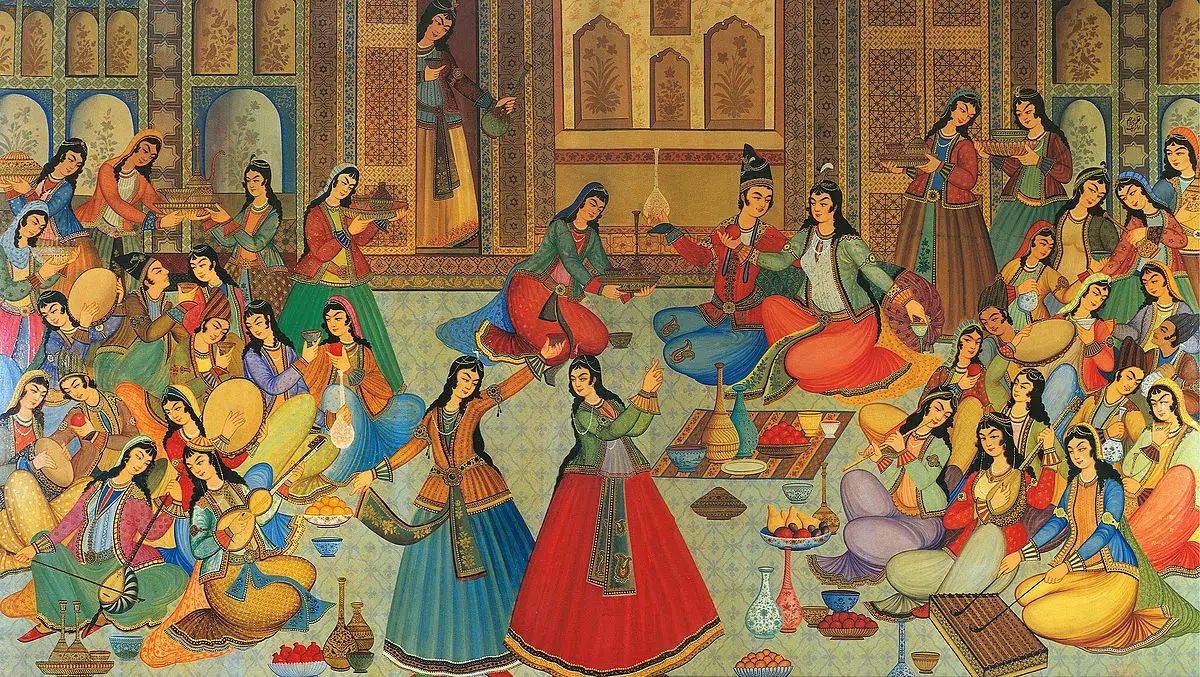
Genuine Hospitality, Warmth, and Generosity
When visiting Iran, one of the most compelling reasons to explore this fascinating country is the unparalleled hospitality of its people. Iranian hospitality is deeply ingrained in their culture, with every Iranian carrying the famous ‘Persian hospitality’ in their veins, a tradition so renowned that it positioned Iran among the top destinations of 2017, according to Bloomberg. This hospitality is not something you will find listed on UNESCO World Heritage sites or tourist maps; it is a heartfelt experience, manifesting through kind eye contact, genuine smiles, and spontaneous invitations for tea or dinner.
No matter where you travel within Iran, from bustling cities to remote villages, you will be welcomed with open arms by diverse ethnic groups, making Iran one of the most rewarding destinations on Earth. This warm reception stems from an old belief that “guests are God’s friends,” which makes Iranians treat all newcomers with exceptional kindness, whether you’re in a luxury hotel or a cozy village home.
Accepting an invitation to an Iranian family gathering not only gives you a taste of Persian homemade cuisine but also introduces you to the unique concept of Taarof, a traditional form of polite self-deprecation. Stories from tourists like French photographer Alain Ceccaroli and Dutch citizen Anita Dirix highlight the heartfelt hospitality and the safety they felt during their travels across Iran, from Tehran to Shiraz. This genuine warmth, coupled with Iran’s emphasis on safety despite the turbulent region, makes it a must-visit for those seeking both adventure and heartfelt human connections.
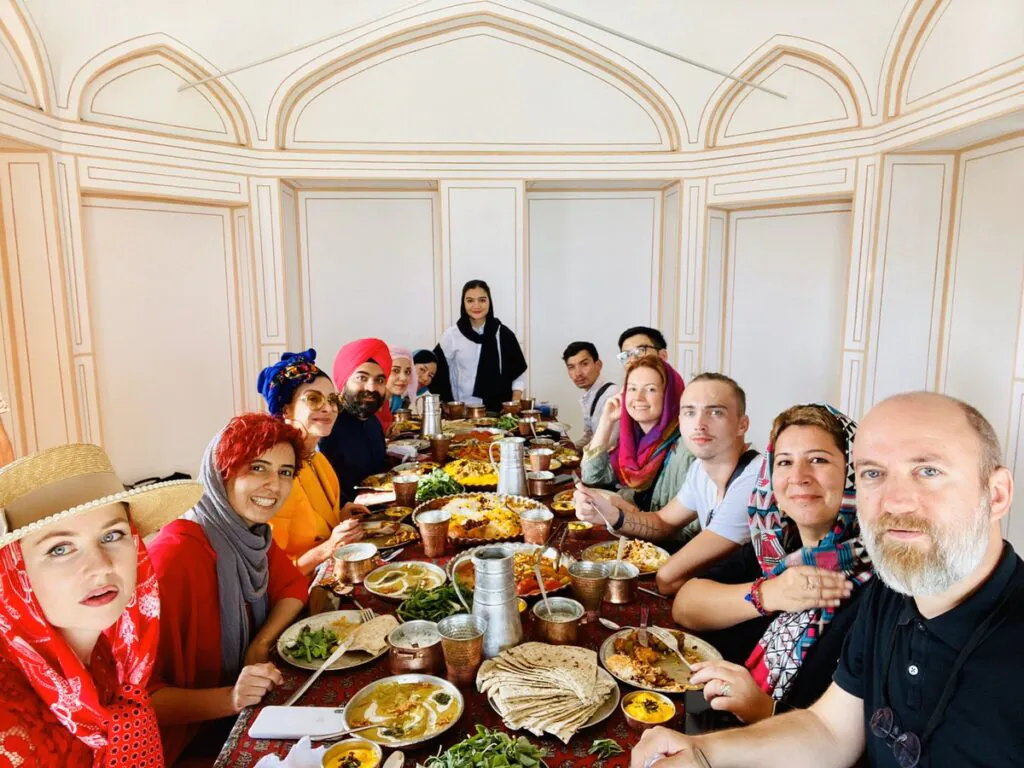
Magnificent Architecture
Iranian architecture is a testament to the country’s rich history and cultural evolution, making it a top reason for any tourist to visit. The architectural journey in Iran spans thousands of years, with distinct styles emerging during the Achaemenid and Sasanian periods, continuing through the Islamic era, and evolving into modern times. Each era’s architecture is characterized by introversion, optimization, self-sufficiency, and strength, which is evident in monumental structures like Persepolis, Taq Bostan, and the mosques of Isfahan.
Pre-Islamic styles like Parsi and Parthian emphasize grandeur and symmetry, while post-Islamic styles such as Khorasani and Azeri incorporate intricate geometric designs and towering minarets. The Safavid era introduced the Isfahani style, known for its structural integrity and aesthetic elegance, exemplified by the Shah Mosque and Aali Qapu. Modern Iranian architecture, emerging during the Pahlavi dynasty, brought significant societal changes, blending traditional elements with contemporary designs.
Decorative arts like colored glass, mirror work, and colorful tiles uniquely charm Iranian buildings. Iconic structures such as the Nasir al-Mulk Mosque in Shiraz and the Eram Garden in Shiraz showcase these artistic traditions, making every visit to Iranian architectural sites a visually stunning and culturally enriching experience. Additionally, traditional elements like windcatchers, porches, and cellars highlight the ingenuity of Iranian architects in creating sustainable and comfortable living environments long before modern technology. Exploring Iran’s architectural wonders offers not just a glimpse into the country’s artistic legacy but also an appreciation of its innovative spirit.
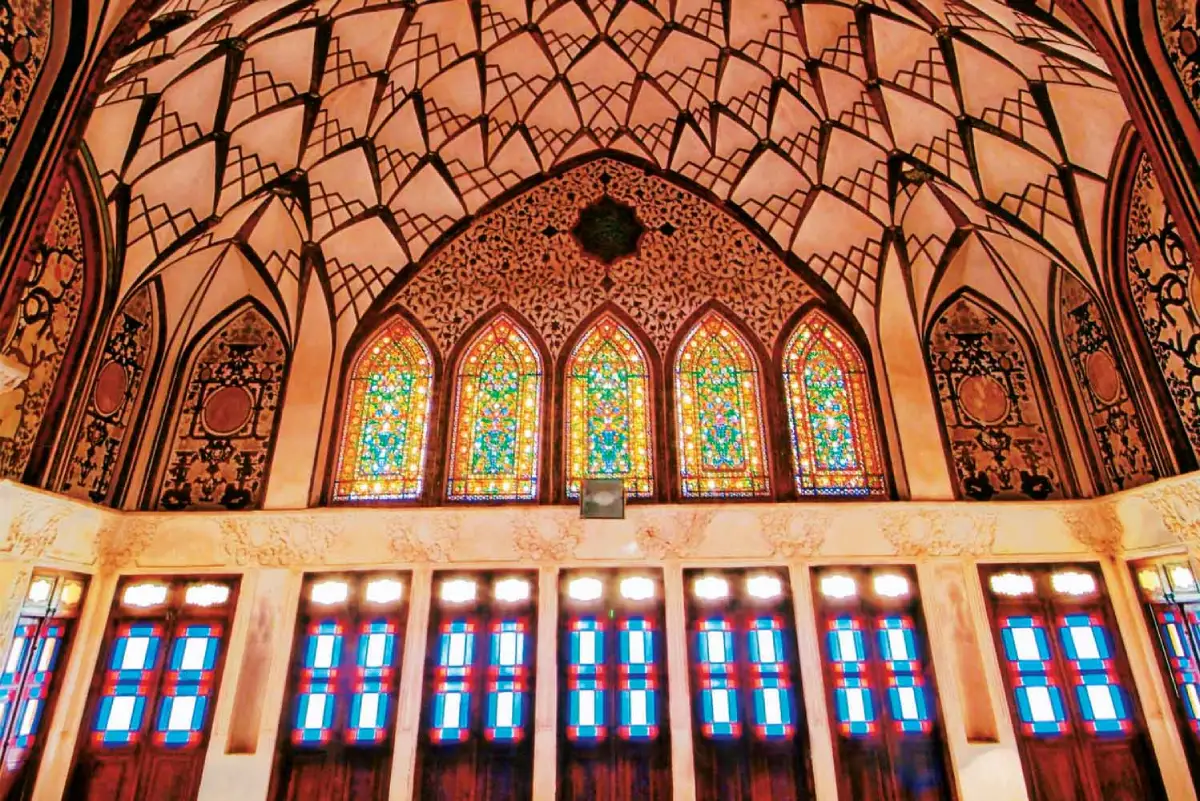
Rich History
Iran’s history is a compelling reason to visit, as it offers a deep dive into one of the world’s oldest continuous major civilizations. Historically known as Persia, Iran was the dominant force in western Asia for over twelve centuries, with the Achaemenid, Parthian, and Sasanian dynasties creating vast and sophisticated empires. The Achaemenid Empire, founded by Cyrus the Great, was notable for its unprecedented size and cultural influence, stretching from the Balkans to North Africa and Central Asia. This empire was followed by the Seleucid, Parthian, and Sasanian empires, each contributing to Iran’s rich tapestry of history.
The Islamic era profoundly transformed Iranian culture, politics, and society. Following the Arab conquest in the 7th century, Iran became a center of Islamic learning, art, and architecture. The influence of Islam blended with Persian traditions, giving rise to a unique cultural synthesis. The establishment of the Safavid dynasty in the 16th century ushered in a golden age for Persian culture and the arts. This period saw the construction of stunning architectural marvels like the Imam Mosque and the Sheikh Lotfollah Mosque in Isfahan, showcasing intricate tilework and grandiose designs that continue to awe visitors.
Today, Iran is a country where ancient traditions and modern aspirations coexist. Tehran, Isfahan, Shiraz, and Yazd offer a blend of historical sites, vibrant bazaars, and contemporary art scenes. Iran’s diverse landscapes, from the lush forests of the north to the deserts of the central plateau and the coastal areas of the south, provide a stunning backdrop for any traveler.
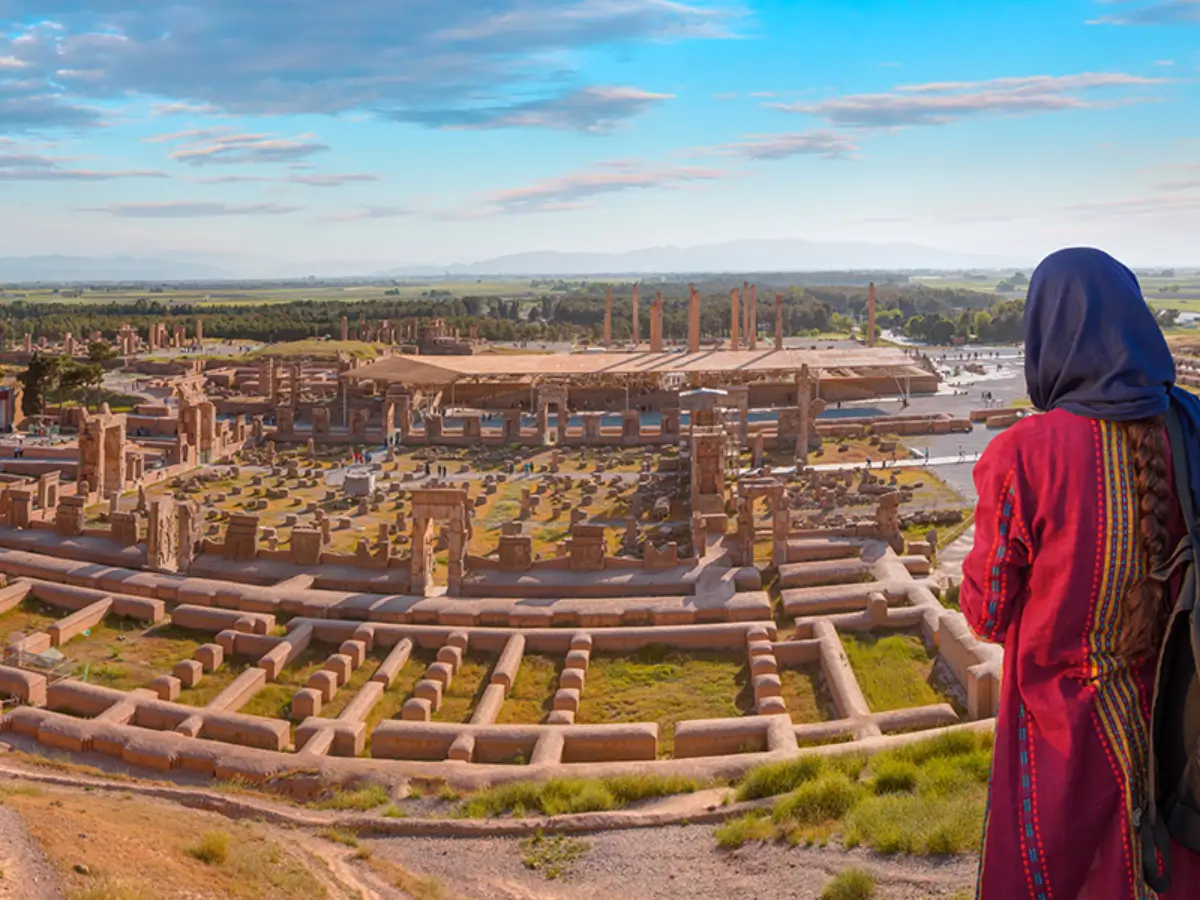
Natural Beauty and Stunning Landscapes
Iran, with its vast territory of 1,648,195 square kilometers, is the second-largest country in the Middle East and the 17th largest in the world, offering a stunning variety of natural landscapes. From magnificent beaches that stretch for miles to mysterious arid deserts, Iran’s diverse topography is truly a hidden gem in Western Asia. This country is a four-season paradise where each region boasts unique natural wonders. In the south, the Persian Gulf and the Sea of Oman offer beautiful beaches and water activities, while the north is home to the lush Caspian Sea coastline.
Iran’s deserts, such as the Lut Desert, are mesmerized by their stark beauty, while the Cloud Forest and Turkmen Sahra present lush, green landscapes. Mount Damavand, Iran’s highest peak, challenges adventurers, and picturesque villages like Masal offer serene retreats. Unique spots like the Pink Lake and Darak Beach add to the diverse experiences. Whether exploring jungles, lakes, rivers, plains, caves, or mountains, each province feels like a new world, making Iran a must-visit for nature lovers.
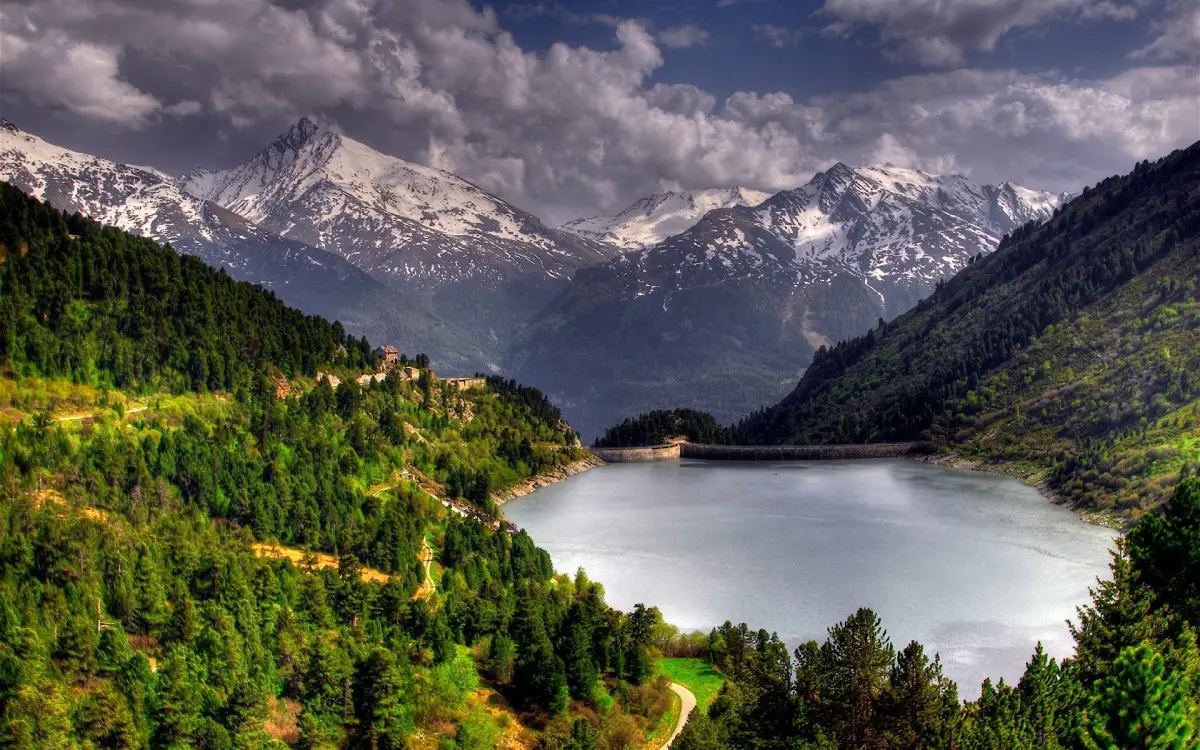
Exquisite Handicrafts
Iranian handicrafts are a vibrant testament to the country’s rich cultural heritage, where tradition meets innovation. Each piece tells a story of Iran’s artistic and cultural legacy, from world-renowned Persian carpets to exquisite pottery. Artisans across Iran create masterpieces that embody the nation’s history and skill, from carpet weaving and Persian miniatures to pottery and architecture. The artistry extends to music, calligraphy, and decorative arts like Minakari and wood mosaics.
These crafts are not just commodities; they are cultural artifacts that showcase the dedication and talent of Iranian artists. Visitors can immerse themselves in Iran’s artistic landscape by exploring local markets and workshops, witnessing firsthand the intricate processes and learning about the cultural significance behind each craft. Iran’s diverse and vibrant handicraft scene is a highlight for any visitor, offering unique souvenirs and a deeper understanding of the country’s rich cultural fabric.
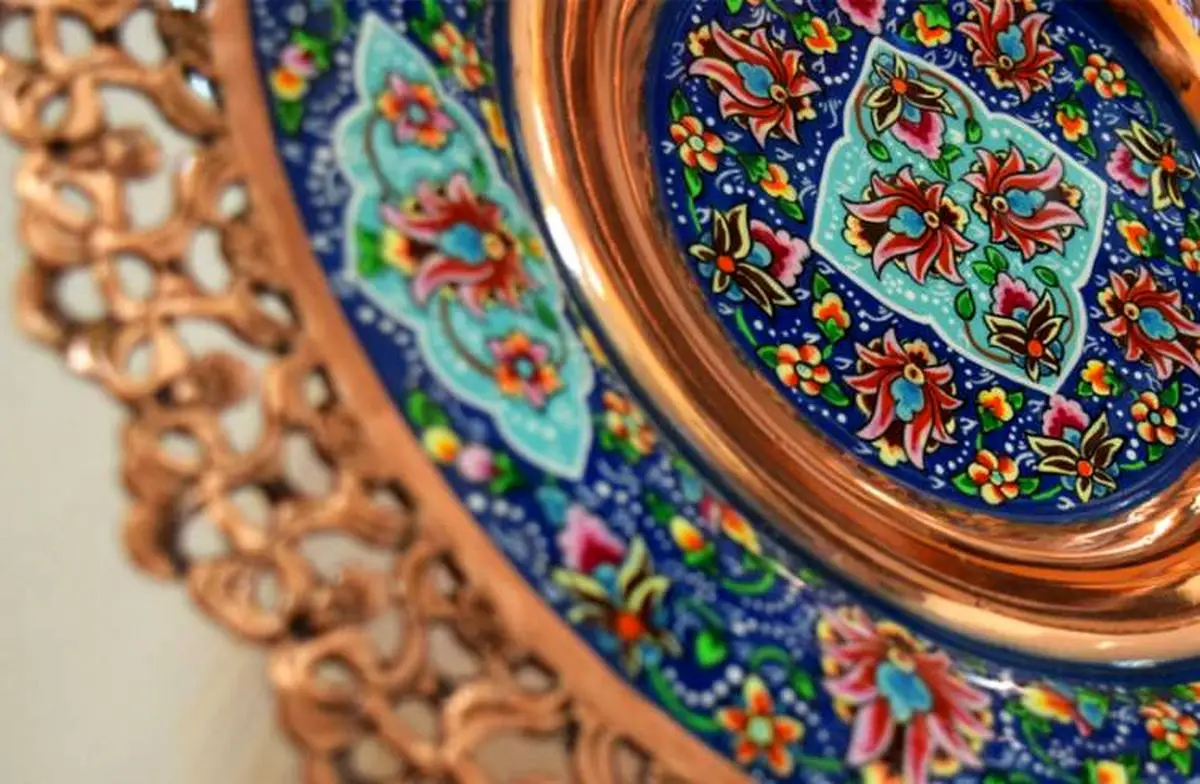
Four Seasons in One Destination
Iran offers a unique travel experience as a country with four distinct seasons, each bringing its own beauty and charm. In spring, from March to May, Iran blooms with vibrant colors and pleasant temperatures, making it the perfect time for cultural exploration and outdoor adventures. Cities like Tehran, Isfahan, and Shiraz come alive with Nowruz celebrations, and nature awakens with lush landscapes. Summer, from June to August, may bring intense heat, but southern coastal areas like Kish Island offer cool retreats, and the northern regions around the Caspian Sea provide respite from the heat.
Fall, from September to November, is ideal for exploring historical sites and trekking in the mountains with mild weather and fewer crowds. Winter, from December to February, offers a mix of experiences, from the mild southern regions to the snowy northwest, where ski resorts attract enthusiasts. Northern Iran’s moderate climate and lush greenery contrast with the arid beauty of Eastern Iran’s deserts and the rugged wilderness of Western Iran’s Zagros Mountains. Each season and region offers a unique perspective on Iran’s diverse landscapes and cultural heritage.
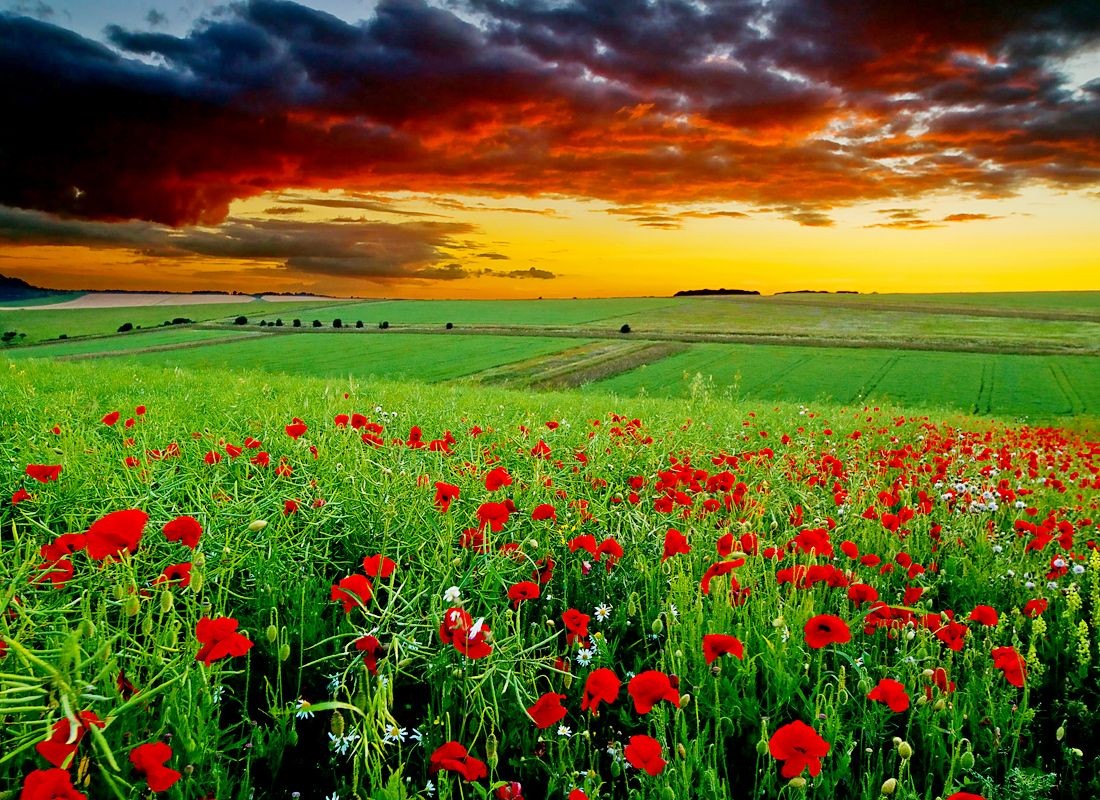
Treasured UNESCO-listed Sites
Iran has 27 UNESCO World Heritage Sites, reflecting its rich and diverse history. With over 20 sites, Iran boasts some of the most significant cultural heritage locations globally, such as Persepolis, dating back to the sixth century B.C. These sites show Iran’s historical significance and its contributions to global culture. Visitors can explore ancient cities, stunning architectural wonders, and landscapes that have stood the test of time.
Notable sites include Tchogha Zanbil, an ancient Elamite complex; Naqsh-e Jahan Square in Isfahan, a marvel of Safavid architecture; and the historical city of Yazd, known for its unique desert architecture. The Persian Qanat, a traditional irrigation system, and the Persian Garden, exemplifying Persian landscaping, are treasured sites. Each UNESCO site in Iran offers a glimpse into its vast historical and cultural wealth, making it a treasure trove for history buffs and cultural enthusiasts.
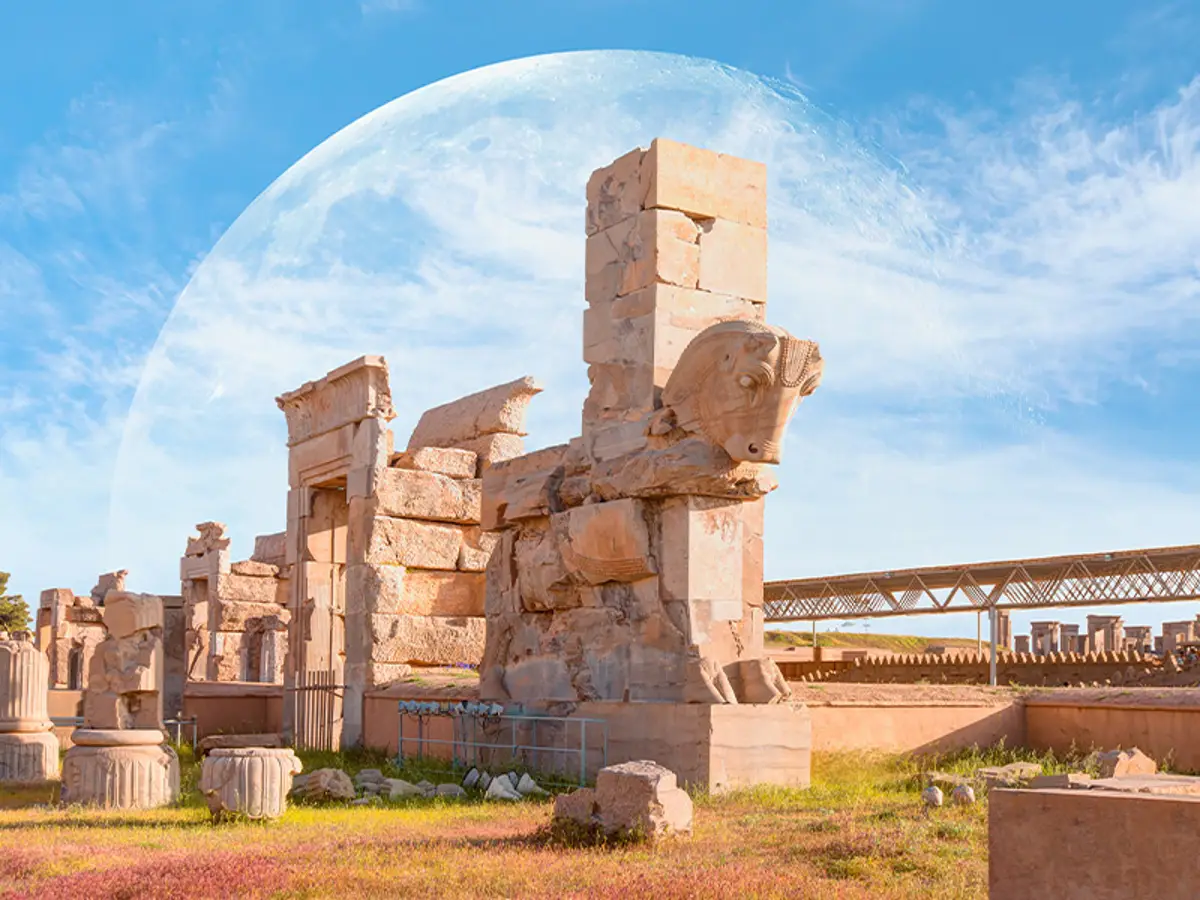
If you’re considering traveling to Iran, explore Visit Our Iran’s tour packages page for immersive experiences.
Convenient Transport Network
Traveling within Iran is remarkably convenient, thanks to an extensive and efficient public transportation network. Whether you prefer buses, trains, or taxis, moving between cities and within urban areas is straightforward and affordable. VIP buses, known for their comfort and frequent services, are popular among travelers, offering reclining seats, snacks, and reliable schedules.
Trains provide another comfortable and scenic option, with routes connecting major cities like Tehran, Isfahan, and Mashhad. For shorter distances, shared taxis known as Savaris are a flexible and quick alternative. In cities, the metro systems, particularly in Tehran, offer a fast way to navigate heavy traffic. The Snapp and Tapsi apps, Iran’s versions of Uber, make taxi travel convenient and eliminate the hassle of negotiating fares. This ease of transportation allows tourists to explore Iran’s diverse regions, from bustling cities to remote deserts and lush northern landscapes, with minimal stress.
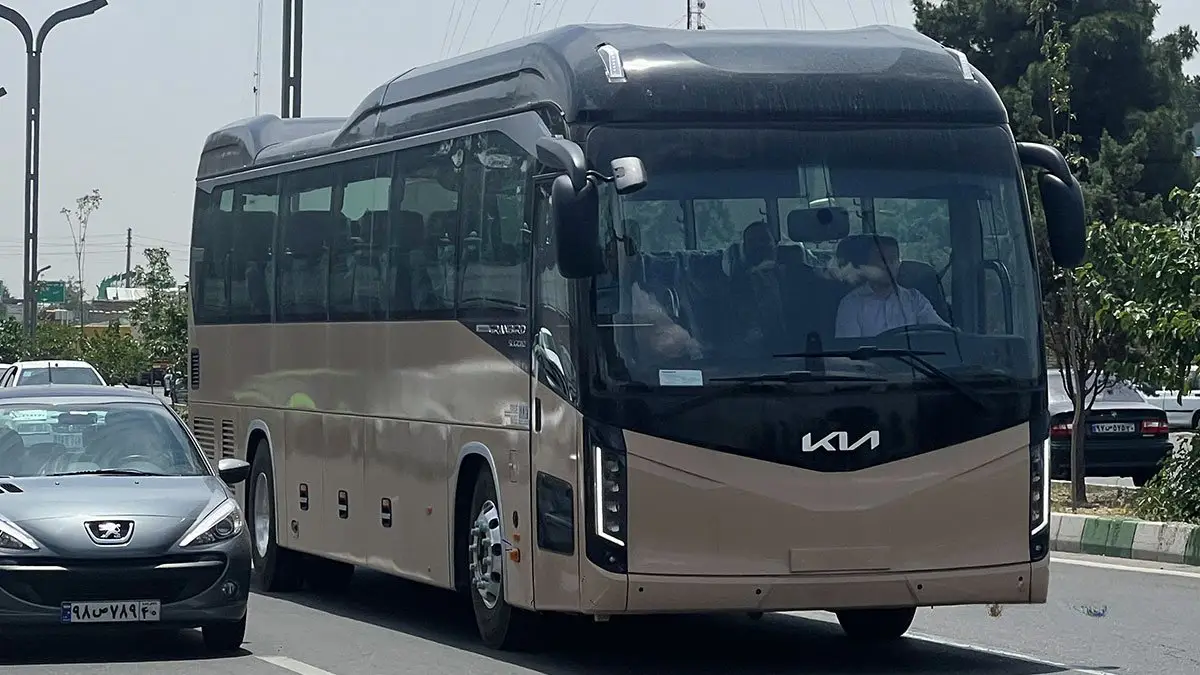
An Affordable Destination
Iran is an incredibly affordable destination for travelers, as highlighted by the World Economic Forum’s Travel and Tourism Competitiveness report. Iran ranks highly for price competitiveness, outperforming many major tourist destinations like Egypt, Malaysia, and Turkey. The low cost of travel, accommodation, and food makes Iran an attractive destination for budget-conscious travelers. Whether dining at a local restaurant, staying in a cozy guesthouse, or traveling between cities, you’ll find that your money goes a long way.
This affordability and the country’s rich cultural and historical attractions make Iran a great value destination. Visitors can enjoy a wide range of experiences, from exploring ancient ruins and vibrant bazaars to relaxing on pristine beaches, all without breaking the bank. Iran’s cost-effectiveness ensures that you can experience the depth and diversity of the country comfortably and affordably.
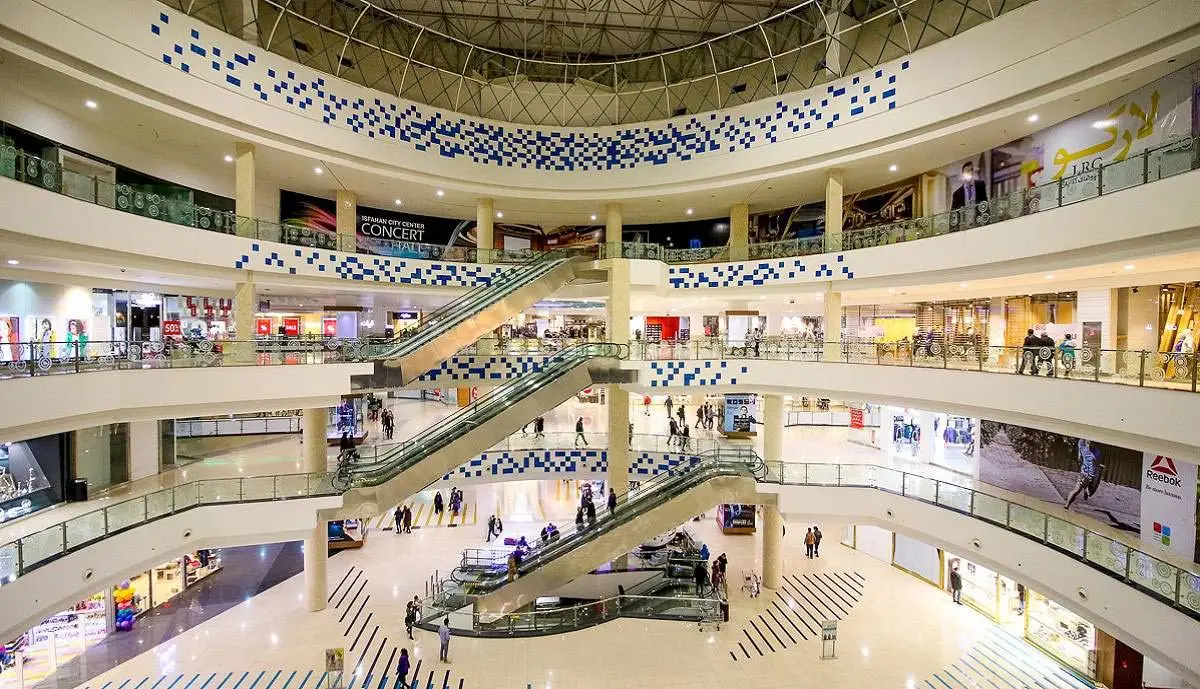
Cultural Diversity and Inclusivity
Iran is a mosaic of cultural diversity and peaceful coexistence, making it a fascinating destination for travelers interested in experiencing a blend of traditions and lifestyles. The country is home to numerous ethnic groups, including Persians, Azeris, Kurds, Lurs, and Baloch, each contributing to the rich cultural tapestry of Iran. This diversity is reflected in the variety of languages, music, cuisine, clothing, and customs across the country. Visitors can explore vibrant local markets, attend traditional festivals, and enjoy regional dishes that offer a taste of Iran’s multicultural heritage.
Religious tolerance is another hallmark of Iran’s cultural landscape, with mosques, churches, and synagogues coexisting peacefully in many cities. Tribe tourism is gaining popularity, allowing tourists to experience the nomadic lifestyle by staying with rural families and participating in daily activities. This cultural richness and the warm hospitality of the Iranian people make Iran a unique and rewarding destination for those seeking to understand and appreciate the depth of human diversity.
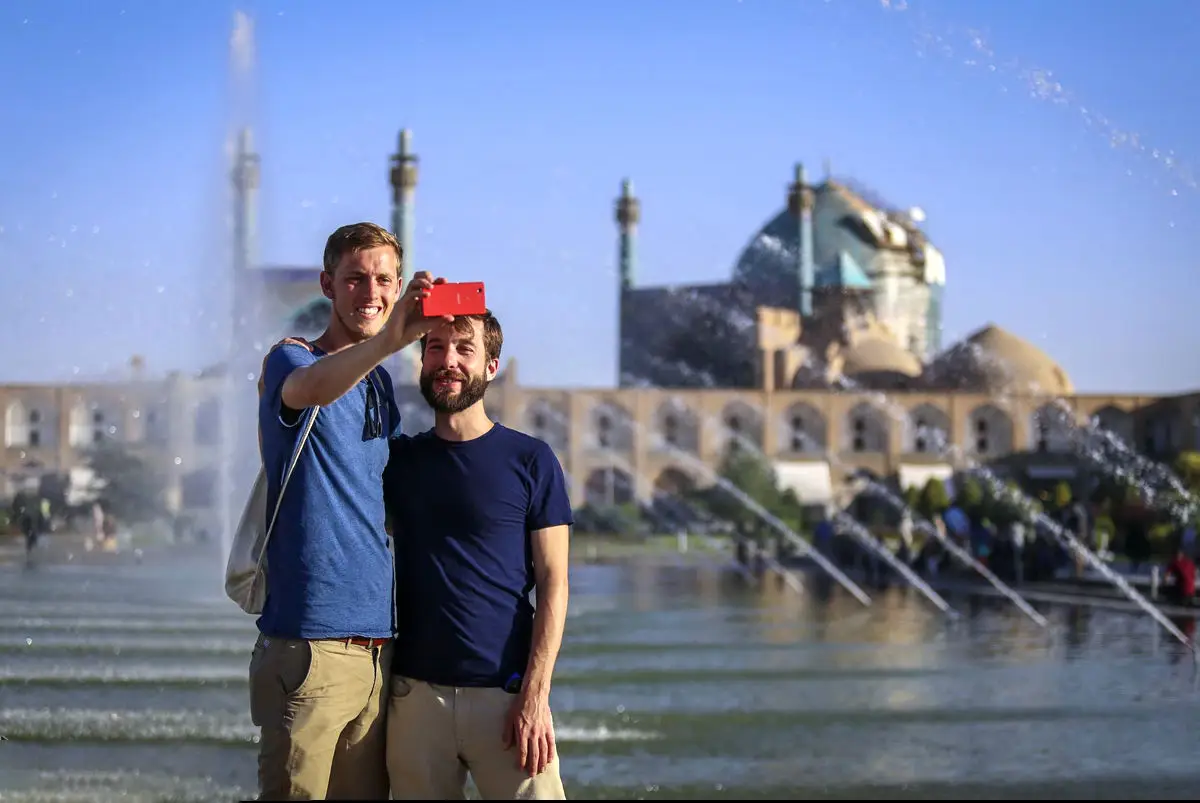
Time Travel is Possible in Iran
Iran offers a unique blend of ancient and modern experiences, making it a fascinating destination where you can visit modern cities and historical places all in one trip. Imagine strolling through the busy streets, filled with contemporary art galleries and chic cafes, then stepping into the ancient ruins of Persepolis, a UNESCO World Heritage site that dates back to 518 BC. Explore the charming city of Isfahan, with its stunning Naqsh-e Jahan Square, vibrant bazaars, and beautiful mosques.
Each city in Iran offers a unique glimpse into its rich cultural tapestry, allowing you to experience thousands of years of history alongside vibrant, modern life. This seamless blend of old and new makes Iran an irresistible destination for travelers seeking to explore a land where time travel feels possible.
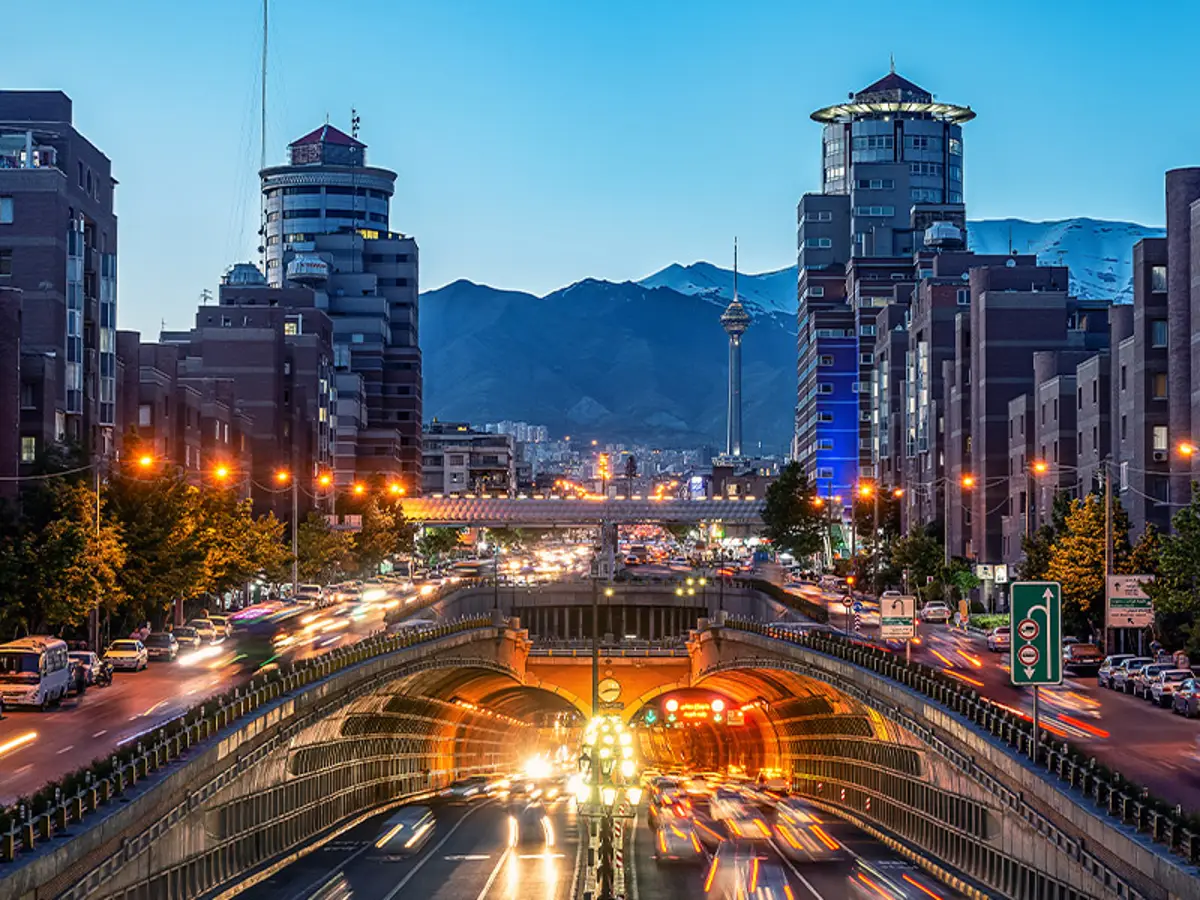
Iran: A Must-Visit Country
Iran’s unique combination of historical grandeur and contemporary vibrancy makes it a must-visit destination. Whether exploring ancient sites like Persepolis and the tomb of Cyrus the Great, wandering through the charming streets of Yazd, or soaking in the cultural richness of Isfahan and Shiraz, Iran offers an unforgettable journey through time. To make your travel experience seamless and enjoyable, Visit Our Iran provides comprehensive tour services, including flights, accommodation, debit cards, and SIM cards. Contact us and plan an extraordinary adventure with Visit Our Iran and discover the timeless allure of this incredible country.
